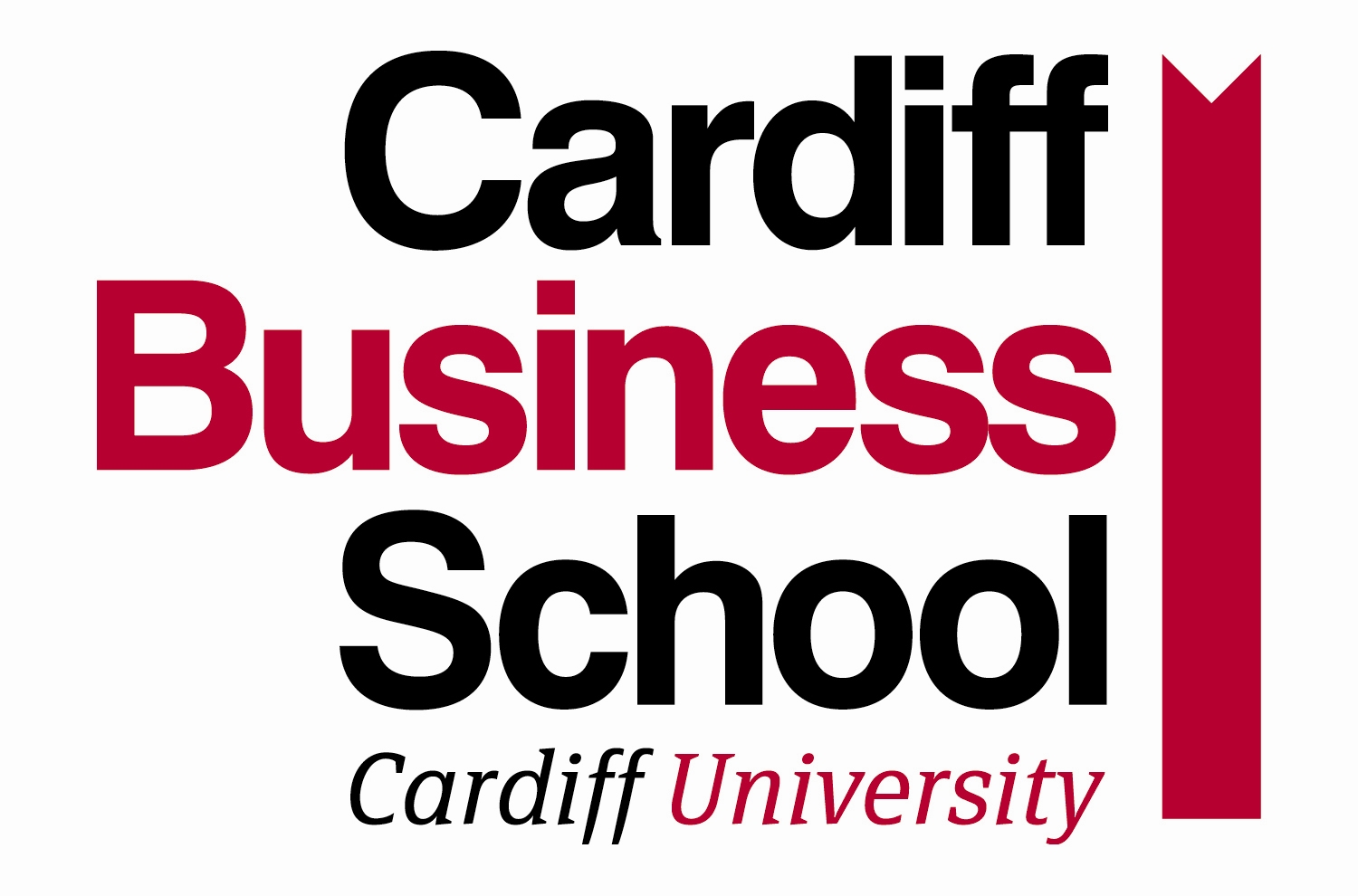|
Consider whether you ever read for these purposes and what reading strategy you tend to use:
You may find it useful to think in terms of three main reading strategies: · scanning - looking through a text to find keywords and phrases that are likely to indicate the specific information that you are seeking, then reading just this piece of the text (situations 1 and 2 above) · skimming - reading just those parts of a text that are most likely to indicate what the authors are talking about at different points in order to gain an overview of the content (situations 3 and 4) · intensive reading - reading through every word of a text from beginning to end (situations 5 and 6) For many reading purposes in academic work you may have noticed that you use more than one strategy in sequence. For a particular text that turns out to be centrally important for your reading purpose, the sequence might be: · scan the title and abstract to see whether the text is likely to be at all relevant · scan through parts of the content to see whether particular details in the text confirm that it will be relevant · skim the text to gain an overview of its content and confirm how centrally relevant it is · intensively read the whole text since it clearly is centrally relevant, so as to understand and evaluate its content in depth A secret of efficient reading, that will soon become automatic if you consciously do it for every text, is to check how well the reading strategy you are going to use next fits your reading purpose. · Check your reading purpose and then use scanning, skimming or intensive reading - either on their own or in sequence - as required to achieve this purpose. There are many textbooks and websites that offer general guidance on reading strategies. Some include practical exercises to help you improve your skills. If search with your website browser using keywords such as ‘skim read’ or ‘scan skim’ will lead you to plenty of sites.
|


